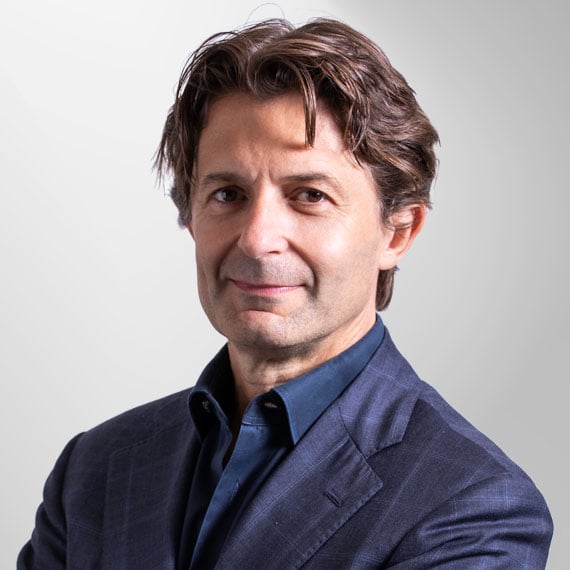‘No man is an island,’ wrote English poet John Donne in the 1600s.
A lot of time has passed but that sentiment is especially relevant in today’s world of wearable devices, social media and smartphones.
It can also be applied to the IT infrastructure that ultimately supports all that connectivity: data centers.
Every Data Center needs Connections
The idea that ‘no data center exists in isolation’ might seem like an obvious statement given that connectivity is a fundamental tenet of the IT industry. Without
But while digital connectivity is critical to the whole raison d’etre for data centers, the relationship with, and connection to, energy grids and suppliers has always been more cautious.
Most large data centers are built – following the guidelines from Uptime Institute and others – to be able to maintain operations if the grid connection fails for any reason. If the worst happens, the data center is designed to be energy self-sufficient, an island if you will.
But while conventional uninterruptible power supplies and generators are critical to maintaining uptime and IT service levels, established approaches to energy continuity have their limitations. And those limitations, and
Edge Computing and the need for more Data Center Capacity
It seems likely that edge computing – in its various guises – is going to be a significant driver for new data center capacity. Currently, around 10% of enterprise-generated data is created and processed outside a traditional
The challenge is that while our collective appetite for digital services is seemingly infinite, energy availability – especially in cities where a lot of new edge computing demand will be created – is not. For example, the Dutch Data Center Association recently warned that Amsterdam could be facing an energy shortage due to data center rapid expansion. Other so-called FLAP (Frankfurt, London, Amsterdam, Paris) cities are also facing similar shortages in power and space.
This growth in data center capacity is compounded by a similar seismic shift in energy generation and distribution. The introduction of more renewables, and the retiring of fossil
How does the UPS energy storage fit in this landscape?
Faced with this need for more energy, but a less predictable supply, the data center industry is evolving its approach to energy storage. Data centers need to become more active, and transactive, energy players – effectively shifting from being cautious consumers to enthusiastic prosumers. That could range from building more on-site generation (particularly for small-scale edge computing sites) to campus-style micro-grids.
Importantly, as well as protecting the data center from any issues on the grid, these emerging energy models – often based around energy storage - also help to
Some of these concepts are already gaining ground. For example, I was fortunate enough to be part of a panel on exactly this topic at the recent DCD London conference. Other
The panel discussion covered a lot of ground but for
Who can be an active player in this new energy ecosystem and how?
It’s important however to point out that the concept of data centers participating in grid demand response and other advanced energy initiatives is not an entirely new concept – large cloud providers are already strategic energy players – but new technologies, and business models, are making it a more practical reality for a wider set of players.
For example, Vertiv, along with our partners, has been working on numerous initiatives to embrace this energy integrated future. We recently announced a partnership with UK-based Upside Energy to enable existing and future UK customers to use uninterruptible power supplies and other resiliency IT infrastructure for grid storage services. Using a combination of
But despite these initiatives, the cooperative integration between energy grids and data centers is still at an early stage. And to be truly
Conclusion
The reality is that both energy grids and data centers are undergoing fragmentation and redistribution. But rather than being a threat to either industry, that change should be an opportunity for tighter integration and improved efficiency across the board.
As the poem continues: ‘No man is an island, entire of itself; every man is a piece of the continent, a part of the main.’
In an era of smart cities, smart grids and IoT that notion surely rings truer than ever.






